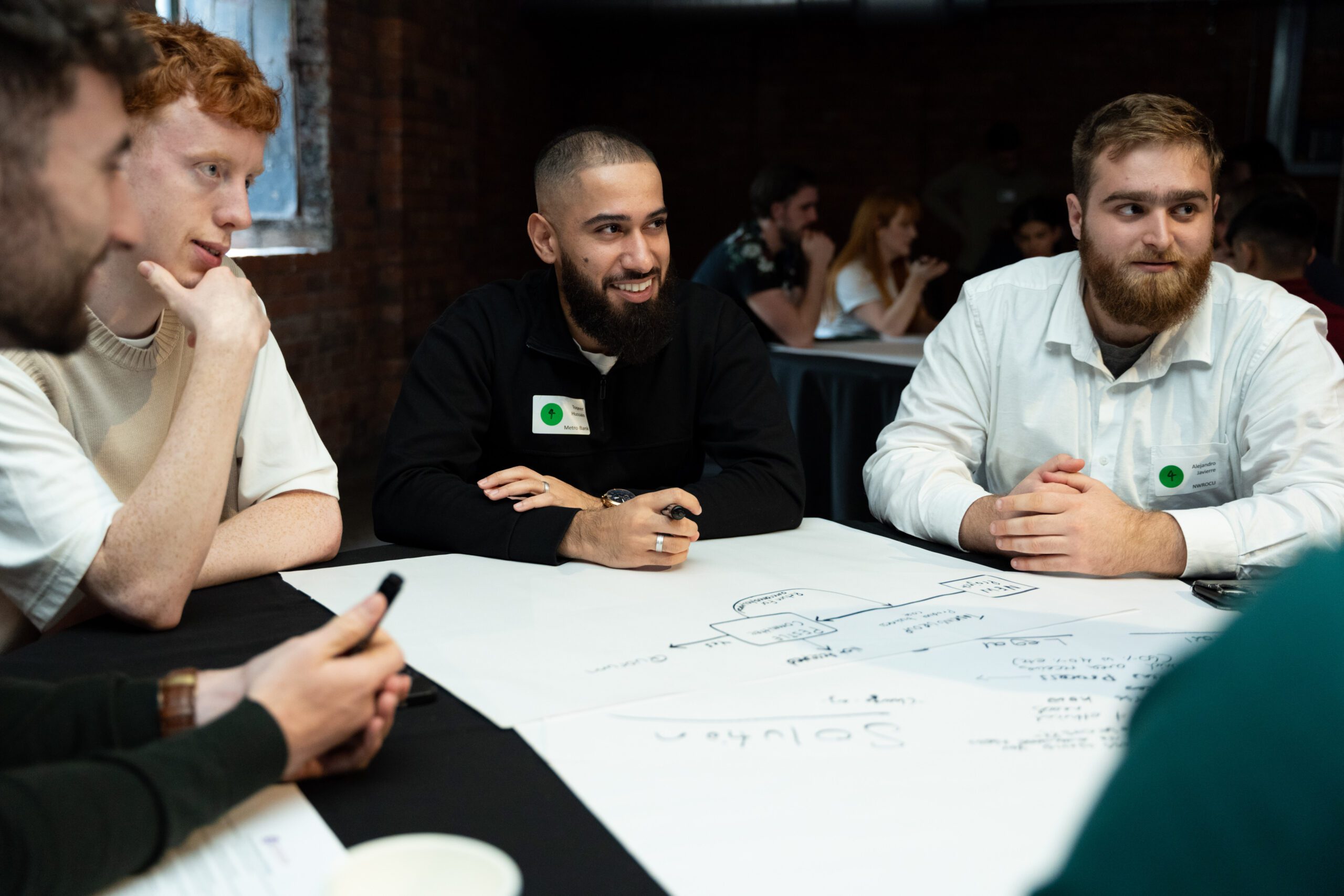
How to navigate the digital skills gap
We explore how your organisation can remain competitive in an increasingly digital world.
Technology is constantly changing how people live and work, prompting the development of completely new jobs. Automation and computers are set to combine in ways we’ve never seen before. Organisations then need to prepare for the new working world that these advancements bring. But the rate at which new technology is developed is outstripping the availability of candidates with digital skills. As more organisations use technology to increase their productivity and efficiency, existing employees become unable to keep up. So the competition to secure skilled, digital talent is fierce.
The bigger picture
Due to the disparity between digital literacy amongst different generations of today’s workforce, there are differing opinions on what ‘technical talent’ looks like. When faced with the increasing pressure to deliver digital transformation, it’s understandable that organisations look for talent with many years of technical experience. But that only solves current challenges. Looking at the bigger picture could provide a better long-term solution.
Shifting the goal from short-term problem solving to creating a digitally-minded organisation promises greater rewards in the long run. It’s estimated that 65% of children entering primary school today will likely work in roles in the future that don’t currently exist now. What are deemed as essential digital skills or software today may not be in just a few years’ time.
Building your digital team
Whilst it’s important to keep an eye on the future and the changing digital landscape, organisations must also have quick solutions to pressing talent shortages. They need to maintain a careful balance between hiring new digital talent and upskilling their existing teams. A blend of both is needed to build a digital team that’s equipped to tackle the challenges of today and poised to answer tomorrow’s demands as well.
Upskilling your existing team
Many organisations are taking responsibility for their employees' development by committing to reskilling them. Amazon has announced a $700 million investment into upskilling 10,000 of its low-wage employees for better digital jobs over the next six years. Organisations' existing teams need reassurance - they need to understand how they fit into your digital operation. Retraining employees to align with your digital proposition is essential to ensuring a smooth digital operation.
A commitment to employees’ digital development is also a key way to attract and retain talent. Today, the emerging workforce increasingly want to work for organisations that align with their values. As there is less division between our personal and professional lives, it makes sense that new talent want to work for organisations that invest in their development and share their passion for emerging technology.
It's not all about tech
Although it’s impossible to predict exactly what skills will be in demand in ten years’ time, we can make some solid assumptions. As AI impacts the working world, and automation replaces some existing skills, creativity, emotional intelligence, and critical thinking are in high demand. There’s also evidence to show that hiring a diverse talent pool from a range of academic (as well as ethnic) backgrounds has many benefits. This means that solely focusing on technical ability isn’t the best way to prepare your digital team. Consider the combination of technical and soft skills that are likely to complement the role of technology in the workplace.
Introducing flexible talent
To address immediate digital challenges, many organisations are using flexible resources to manage their existing talent shortages. Today’s emerging workforce is well-equipped to support these digital projects. Having always lived in a technology-focused world, they bring an implicit understanding of technology. That means that as the technology used by your organisation changes, emerging talent are ready to evolve and grow along with it, picking up new tech intuitively.
Bridging the digital skills gap often involves a mixture of retraining existing teams and using flexible resources. This combination allows you to answer pressing concerns whilst balancing your ability to fulfil your organisation’s digital strategy going forward. Remember that your employees’ digital development is ongoing. Creating a culture that encourages digital innovation and development will stand your organisation in good stead to close your digital skills gap and retain a competitive edge.
Find out more about how we're supporting organisations to deliver digital transformation




